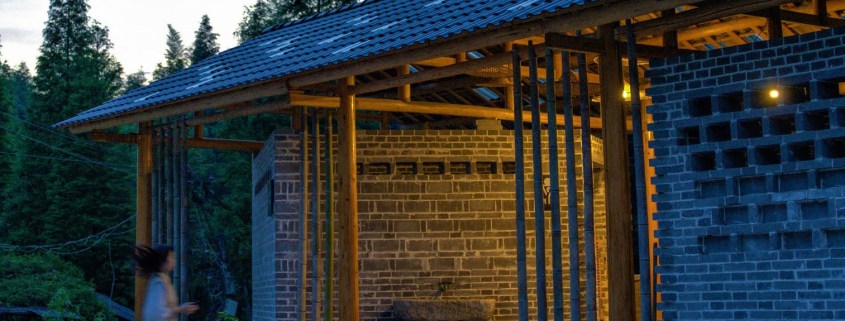paper @ NCBDS
Paper “Interstitial Latency in Design-Build Architecture Education” by Ming Tang, Whitney Hamaker, Yingdong Hu is published n the NCBDS 2022 conference proceedings. April 1-2, 2022. Municie, Indiana.
National Conference on the Beginning Design Student 37 (NCBDS 37)
This paper presents two design-build projects that encapsulate a two-phase process broadly outlined as “design and build.” The collected work spanned multiple seminars and studio courses at the University of Cincinnati, Beijing Jiaotong University, and Nanchang University. Both projects progressed from client proposals, concept design, detail development, construction documents, scheduling, coordination and culminated in a series of completed constructions. The paper illustrates the latent discoveries and learning that occurred in these design-build projects through the more blatant lenses of the design process by serving as both architects and builders. The first project consists of six multi-level steel and wood structures, including three short-term residences, a tea house, a bathhouse, and an observation tower coupled with extensive landscape development. The second project is a public restroom. Both projects are sited in rural villages in China.
First, we describe the design stage, where the conceptual models were generated with the local context, community issues, and proposed architectural interventions. The concepts are represented through digital models. These designs were later developed into physical mockup models without a reference to the craftsmanship required of the onsite build process. As a result, the drawings and mockup models serve as the immaterial representation of form but do not fully define the materials and strategy necessary for full-scale making. The intangible form of the virtual model carries in the early the design information and intent from the conceptual design forward to the following phases.
In the build stage, students participated in the manifestation of the immaterial through onsite construction, experiencing first-hand the transformative potential of a series of diverse activity-based programmatic structures in a rural community. This phase emphasized the construction and exploration of craftsmanship with local resources and materials, producing an outcome that stimulated new activities in the village. By immersing students in the complete design-build cycle, the projects demonstrated the power and possibility of interstitial spaces between phases in the design process.

Students were empowered to consider the various responsibilities architects, engineers, and builders provided in practice. This pedagogical method actively questions where the latent effects of translation between immaterial and material can be learned from both architects and builders. Simultaneously, the projects engaged in a large-scale rural revitalization effort, providing an alternative paradigm for redevelopment. A downstream effect of the teaching methods contributes to the discourse surrounding revitalization and growth in rural communities by exploring a path to instigate positive change through a synthesis relationship of architects and builders.



